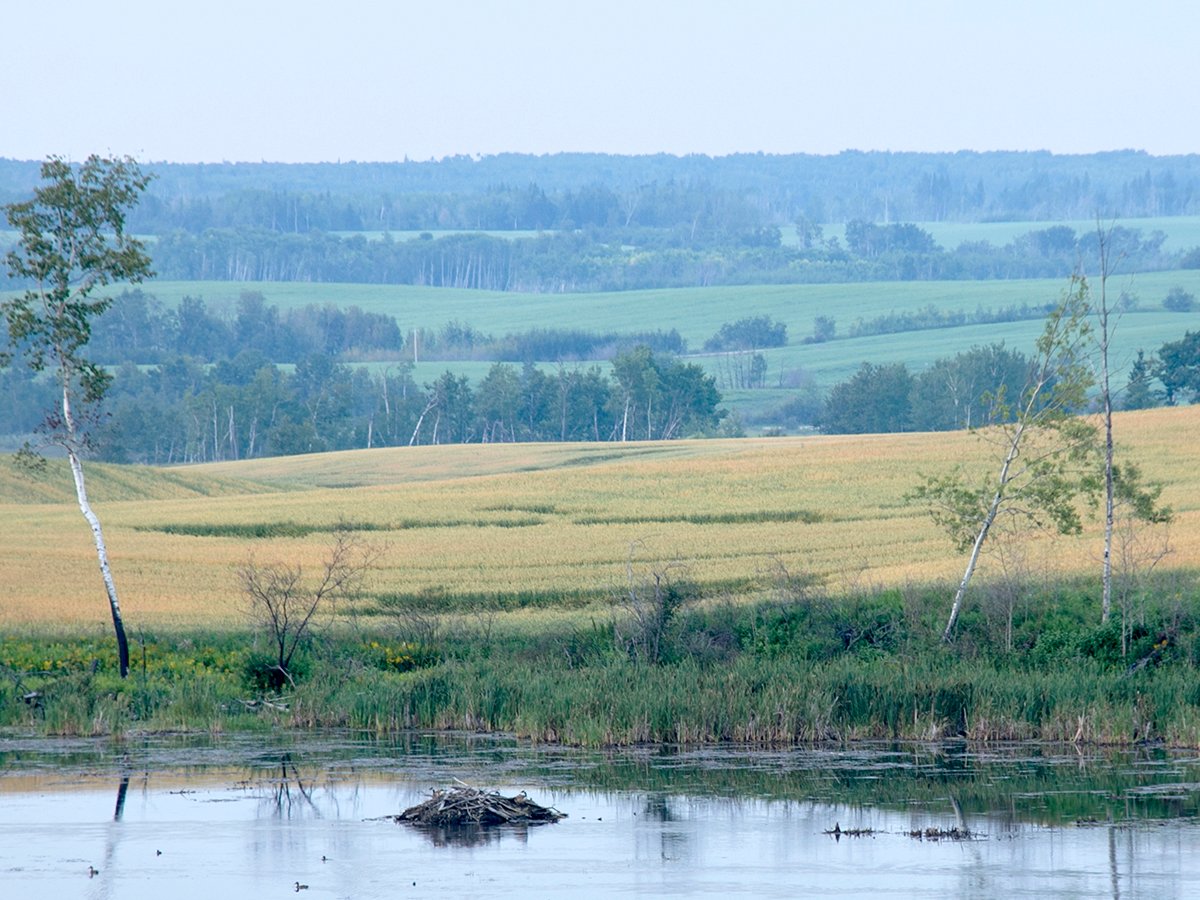Bette Ballhorn was a scared city kid who had just married and moved to the farm when she joined her local branch of the Alberta Women’s Institutes.
Over the next 66 years, the friendships that developed through the Angus Ridge group have been key to staying involved with AWI, currently celebrating its 100th anniversary.
“It’s the friendships,” said Ballhorn, 90, of Wetaskiwin.
“I just enjoyed it. I still look forward to going to it.”
Joining the WI was what newly married farm women did, said Ballhorn.
Read Also

Intergenerational rollover rules can help succession plans
One of the most significant concerns in succession planning for farmers is the tax bill that can come with passing the farm to the next generation.
“You did it to get acquainted with the community.”
Over the years, Ballhorn raised money for libraries and the WI rest building, places where rural mothers could have a cup of tea or change a baby’s diaper.
For Bette’s sister-in-law, Beryl Ballhorn, the friendships that have developed over the years have been key to her commitment to the organization.
“I bet I know three-quarters of the ladies here,” she said during a break at the annual AWI convention and 100th anniversary celebration in Camrose this month. “You feel like you’re coming home to your extended family.”
Margaret Graham first organized AWI in 1909. She had moved from Ontario where Adelaide Hoodless started the first institute in 1897 after losing a child to impure milk.
Over the next 100 years, the AWI grew as rural women joined the educational group. Monthly meetings held in members’ homes featured sessions on cooking, sanitation and the importance of education.
In the early years, members of the provincial agriculture department travelled the province hosting courses in homes.
Local WIs helped start and operate many libraries and hospitals in Alberta.
“We have made a very great difference in our communities,” said Darlene Wicks, AWI president, during an address to the provincial convention.
Mildred Luz of Ohaton recalled joining WI in 1958.
“It was just getting out and meeting people and having friends,” said Luz, who still attends the monthly meetings.
“We’re getting short of members, but we’re still active. Well, we’re not too active, but we’re still going.”
Luz doesn’t know how much longer the organization will survive.
“The young ones are so busy and the rest of us are just getting too old,” she said.
Ballhorn said when her club was active, elected conveners would give monthly reports on education, international affairs, environment, handicrafts, agriculture and health and home economics as a way of keeping members current.
She also served on the provincial executive for several years, and as president, travelled to Africa, Ireland, Germany and across Canada and the United States for meetings.
In later years, Ballhorn’s husband travelled with her to the Federated Women’s Institutes of Canada meetings and Country Women of the World events.
Last week, 300 delegates attended FWIC’s triennial meeting in Prince Edward Island.
“In WI, you’ve got to have a husband behind you that doesn’t crab at it,” she said.
Zella Pimm, 86, joined her local Berwyn WI branch in 1941.
Sixty-eight years later, Pimm is still active as education conveynor. She will attend the Associated Country Women of the World convention in Arkansas next April.
“I always felt every woman needs some activity outside changing diapers,” said Pimm, who helped organize the book, Yesterday, a pictorial history of early agriculture in the province. The provincial government purchased many of the books as gifts for visiting dignitaries.
“We were losing the image of the old horse and wagon days and I wanted to preserve it in pictures,” said Pimm.
One of her best memories was raising money for cancer before official cancer fundraising organizations began. Their dances helped pay for specialty bras and travel costs for medical procedures.
“I remember that so clearly that we could get women some help. Bringing awareness of what women needed was one of the biggest achievements.”
Beryl Ballhorn was invited to her first WI meeting by her sister-in-law Bette when she moved to the farm.
She was a new bride who had married a farmer after teaching school and going to university.
“All of a sudden I was thrown into this role. I didn’t know the routine of a farm wife and I was very lonesome.”
“I mainly needed some female company. That’s what it did for isolated women all over Alberta,” she said. “It’s a wonderful educational organization.”
Each month the women and their children attended monthly meetings to learn new skills and visit with neighbours.
“I had never done a lot of cooking. I had to learn a lot of things,” said Ballhorn.
She decided to help women beyond Alberta’s borders after visiting her son work-ing in Kenya. There she saw women walking down the road with a baby on their chest, water on their head and wood on their back.
“When I came back, I said let’s get some water wells,” she said.
AWI funds were matched and administered by the Canadian International Development Agency and dozens of wells were built over the years.














